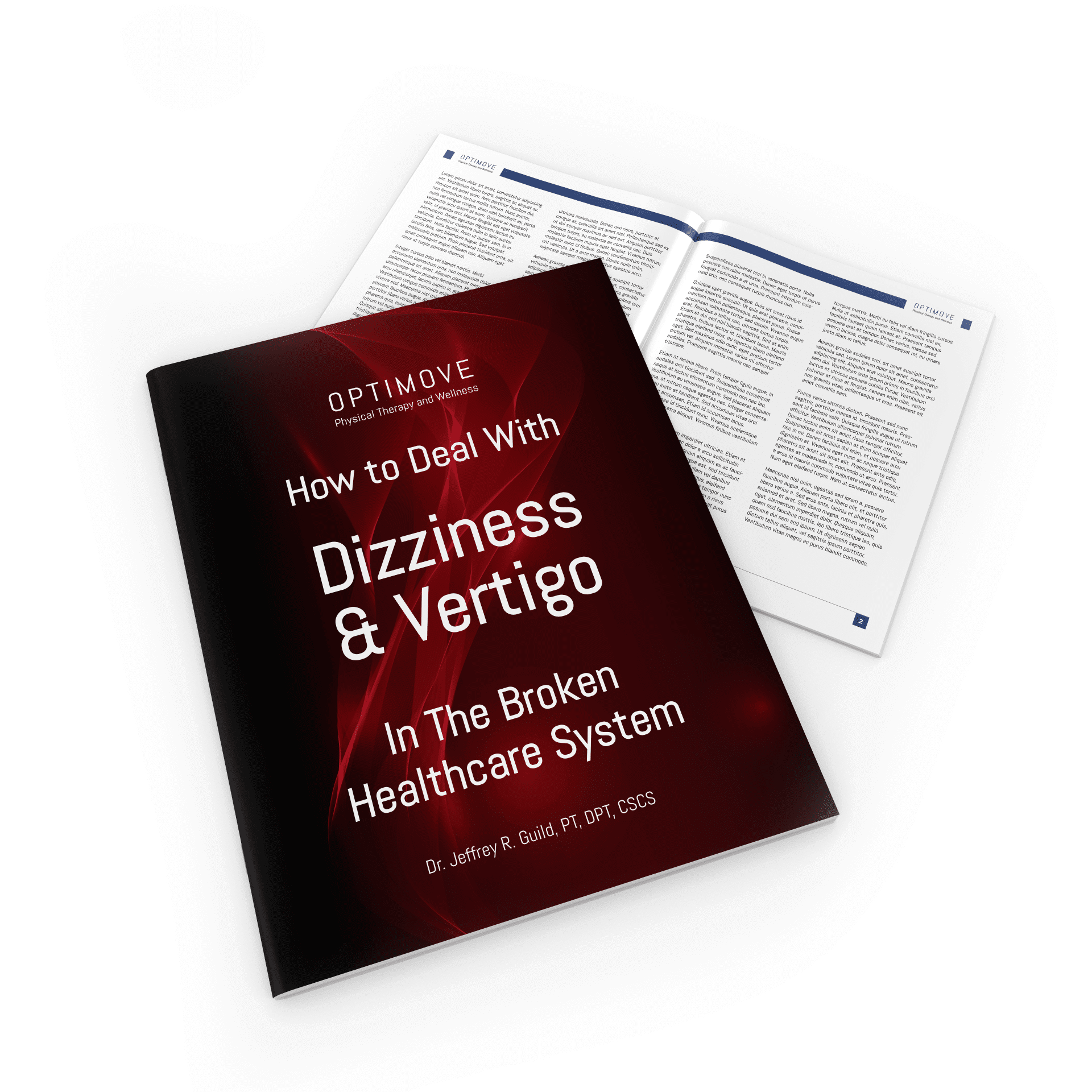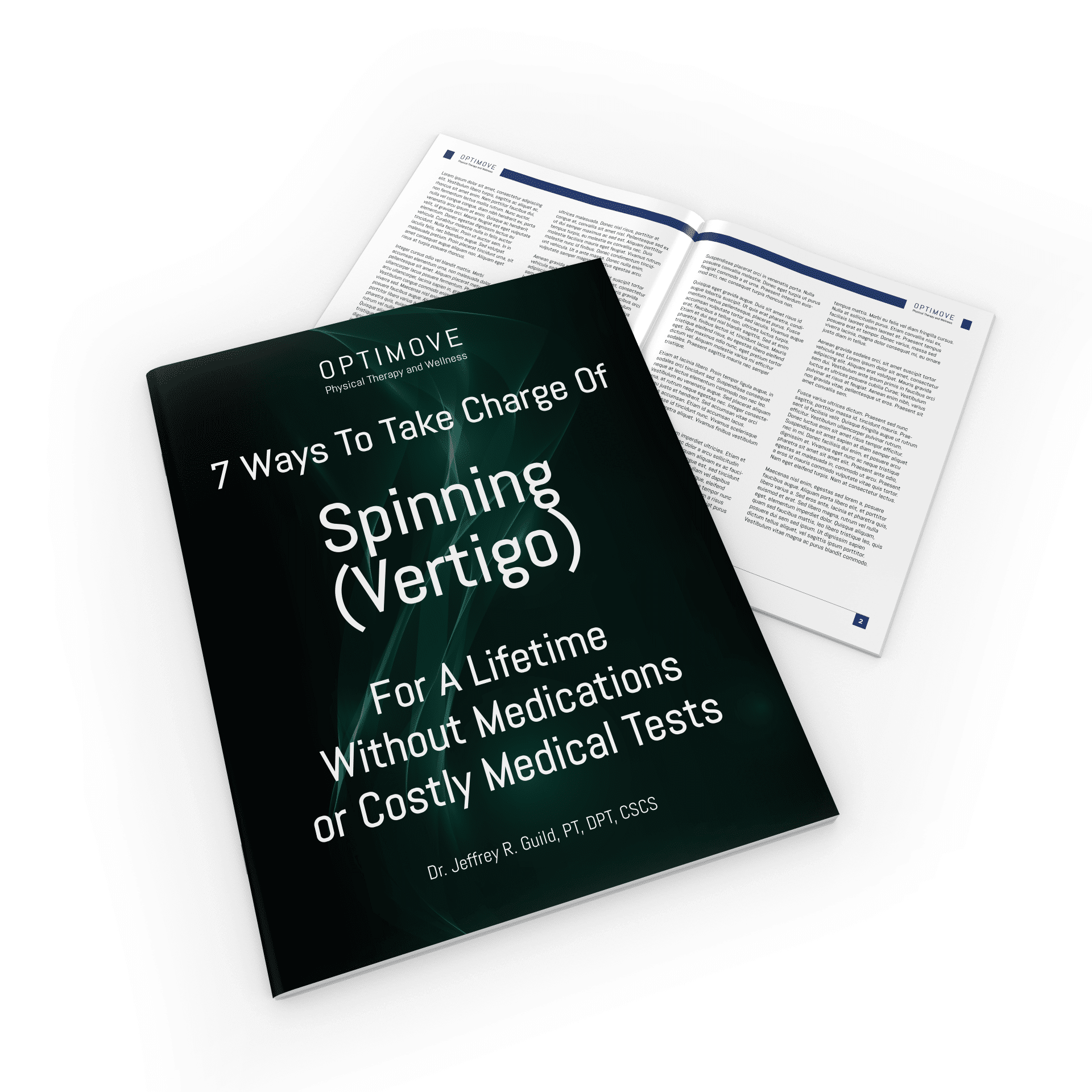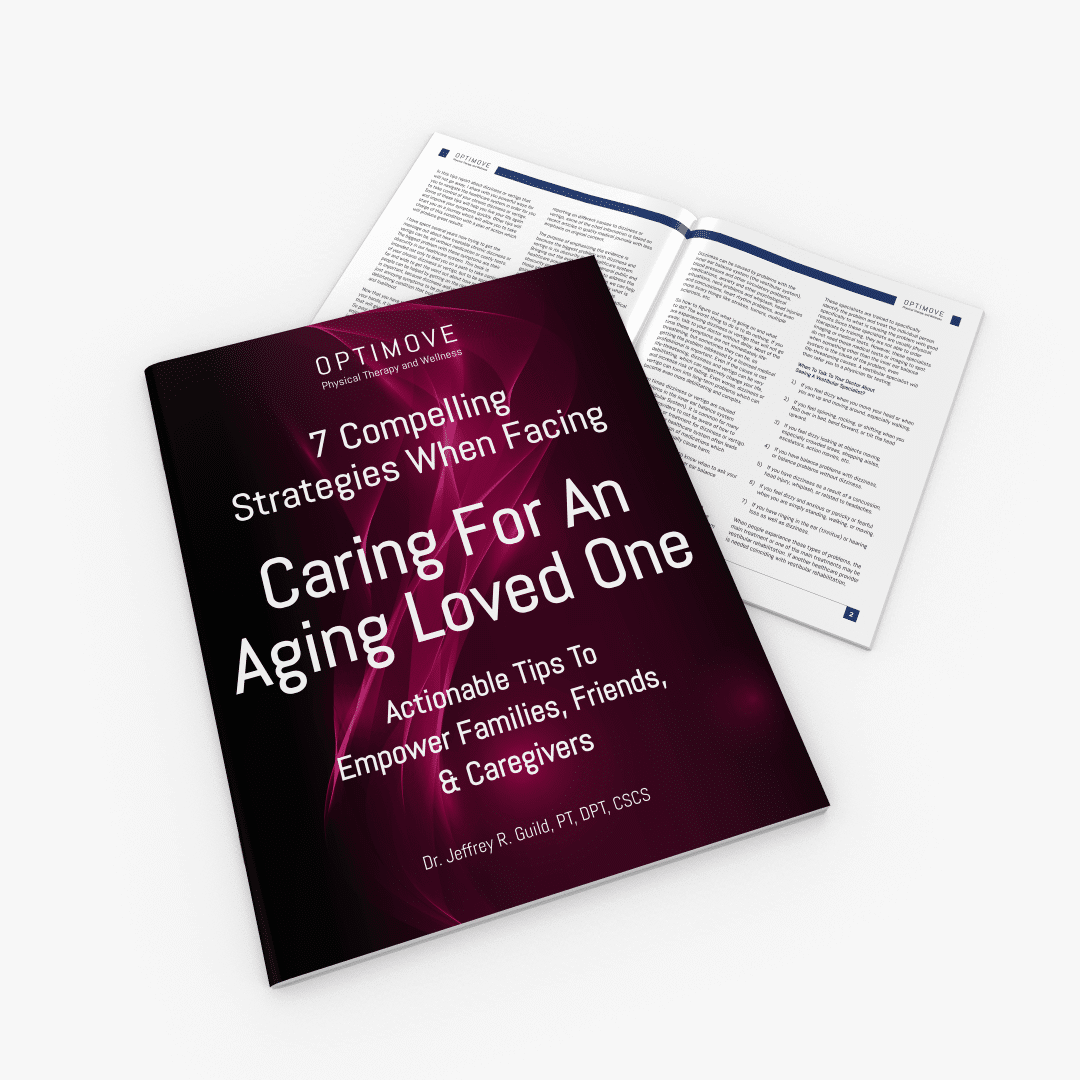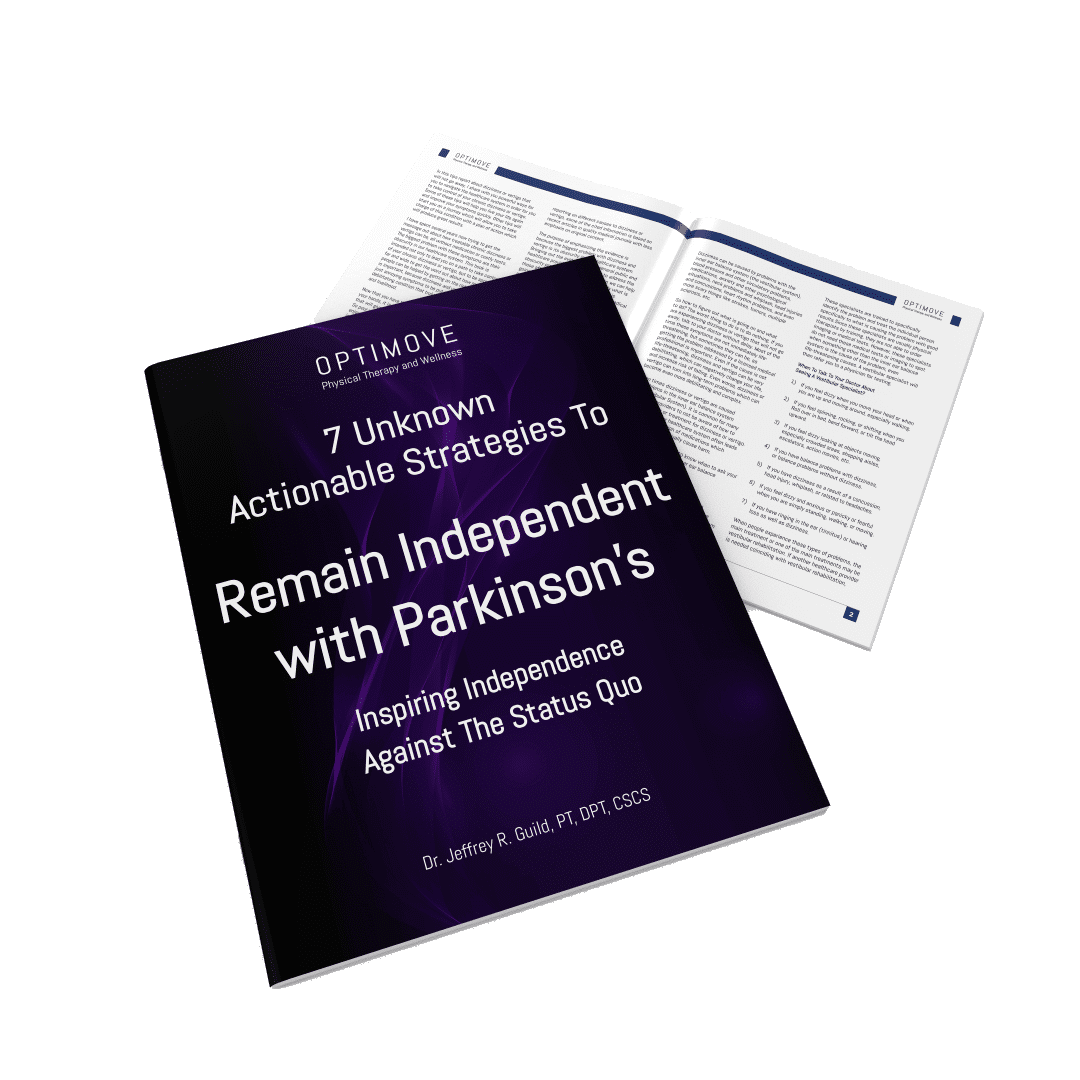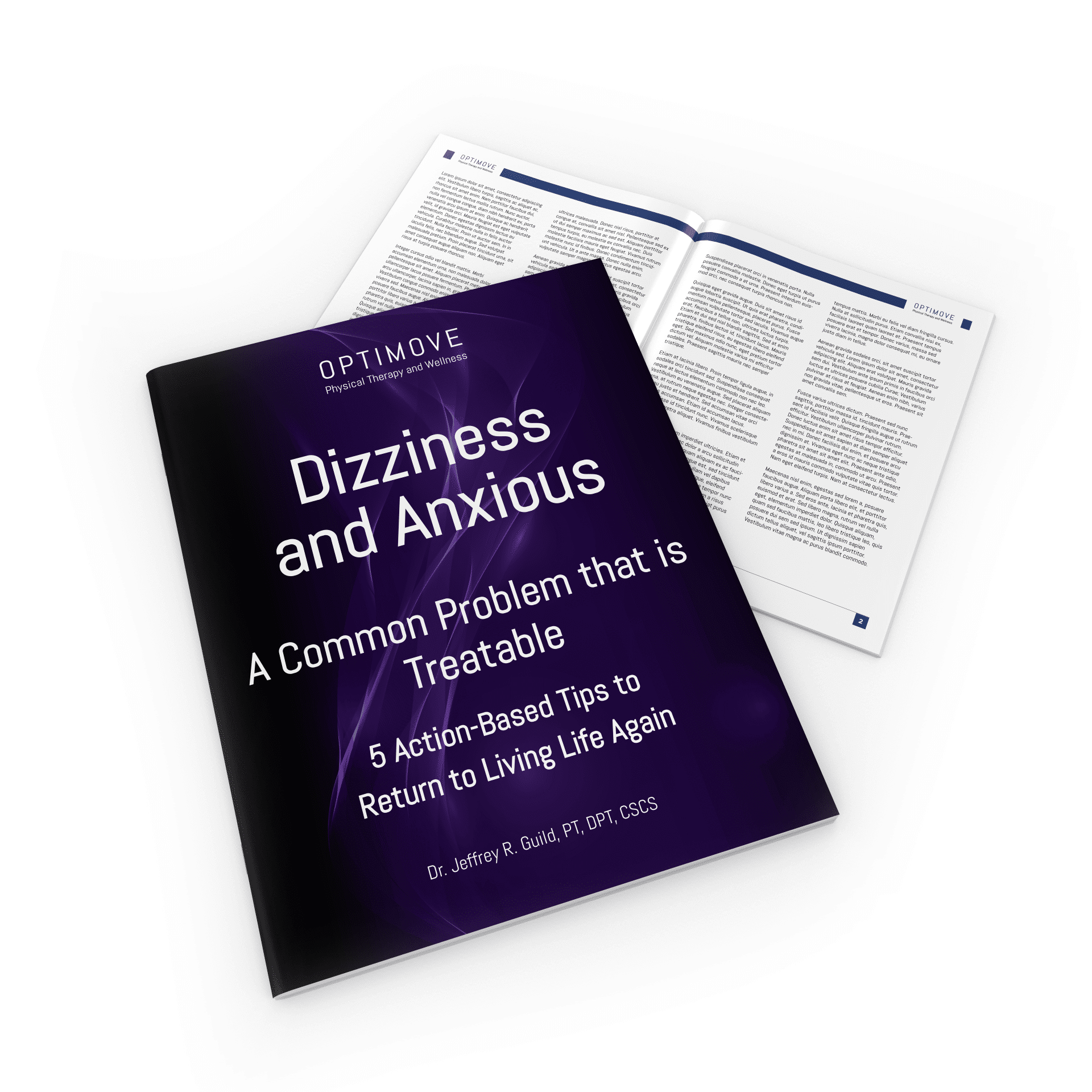In Part 1 talked about including side to side movements into your exercise routine in order to prevent repeated movements from causing muscle imbalances, alignment problems, and injuries.
The Side Gluteus Muscles (The Glute Medius & Glute Minimus)
Doing exercises front to back all the time (in the sagittal plane) causes tightness in the quadriceps, hamstrings, inner thigh, hip flexors, and deep hip muscles. What gets left out are strengthening the side gluteus muscles (and likely the gluteus maximus itself). These all important side glute muscles (the glute medius and minimus) help to pull our knees into proper alignment with the hips and feet, keep our pelvis stable, and overall provides balance to the lower body.
When the side glute muscles get weak and underused, the hip flexors (iliopsoas, tensor fasca lata, and rectus femorus), become tight and over-dominant. This tends to contribute to IT Band (Iliotibial Band) problems. IT Band problems not only hurt on the IT Band itself (the side of the upper leg), but can cause knee, hip and even back problems.
The side glute muscles are important for pulling our knees into alignment with the hips and feet. Without these muscles providing this counterbalance, our knees rotate or fall inward, especially during more strenuous exercises. What’s more, the IT Band tightness pushes the knees inward, also contributing to this inward motion on the knees during exercise.
Common Muscle Tightnesses From Repeated Front To Back Exercises
Inner thigh tightness tends to cause the knees to rotate in and for the arch of the foot to fall more flat, which further causes the knees to rotate in. Inward movement of the knees puts a lot of inappropriate pressure on the joint, especially during intense exercises.
Tightness in the deep hip muscles (The hip external rotators/piriformis) can cause hip and back pain. The sciatic nerve can also get pressed when these muscles are tight. This is because the sciatic nerve (The big nerve that runs down the back of the leg) runs either directly underneath or directly through (Depending on the individual) the piriformis muscle. If these muscles get tight, they can press on the sciatic nerve, causing “sciatica”, which can cause shooting, burning, stabbing, numbness down the leg.
Tightness in the hamstrings can cause the pelvis to tilt more flat (posterior pelvic tilt), making the lower back more flat. Flattening out the lower back like this makes the back rigid and takes away its ability to absorb the pressure of daily life and exercise, kind of like the shocks on a car. What’s more, the hamstrings easily can do a lot of work that the gluteus maximus should be doing, which can cause excessive strain on the hamstring, and weakness in the glute muscles. This overall problem contributes to hamstring injuries but also to a lot of the other hip weakness problems.
Tightness in the quadriceps can put a lot of pressure on the knees, and along with the rest of the hip flexors (iliopsoas, tensor fascia lata, rectus femorus), can pull the upper body more forward. You can see this when people are bent at their hips when they walk (You often see this with the elderly and in the general public). This bending at the hip can cause back problems, but it also causes the gluteus maximus to stop working like it should (Are you seeing the pattern?) Also, if all the hip flexors become tight, the pelvis can tilt too far upward (Anterior pelvic tilt), which can make the lower back arch too much (This is seen more with elite athletes).
What To Do?
So do side to side movements and exercises to work and strengthen the side glute muscles (glute medius and minimus) and glute max. More side to side movements will help to prevent injuries caused by muscle tightness and the body getting out of alignment. Put simply, stretch what is tight, and strengthen what is weak or not used enough. Keep your body in balance.
And One Last Thing…
It’s not just about the muscles. It’s about human movement. Add variety of movement to your exercise routine and a lot of aches and pains will start taking care of themselves. Do not expect instant results though. You have been doing this same routine for a long time (I know, I’m a creature of habit too), so it will take some time for the problems to resolve. While this solution may not solve the problem completely, it is a good start.
Click Here To Read Part 1


